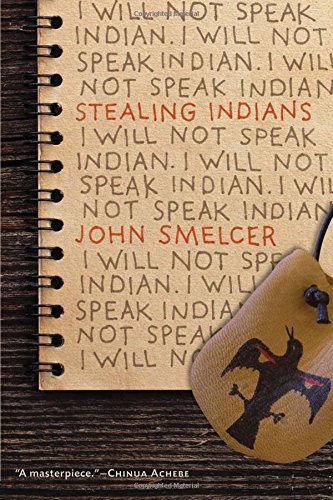Stealing Indians
Lucy Secondchief, Simon Lone Fight, Noah Boyscout, and Elijah High Horse have grown up in very different regions of America under very different circumstances – but suddenly they have everything in common. They have each been torn away from their homes and families, put onto trains and buses by unfeeling government agents, and shipped off to an institution that is a cliché-ridden British boarding school in all ways but one: all the students are Native American children, being “assimilated” under the policy “Kill the Indian to save the man.”
The history of American Indian boarding schools and the abuses perpetuated there cries out for more extensive treatment in historical fiction. Unfortunately, however, Stealing Indians does little to fill this gap. Even an adult with a working knowledge of Native American history will find this book frustratingly difficult to follow, struggling to use vague clues to pin down dates and geographic locations that are never actually given – either in the narrative itself or in any accompanying notes. A young reader coming to this history for the first time – allegedly this book’s target audience – is apt to become utterly lost as to the decade and part of the country in which this story takes place.
The amorphous sense of time and place is compounded by a point of view that wanders erratically from the children to the teachers to an omniscient and anachronistic narrator. (“The second day at Wellington began with the usual commotion of boarding school” – how are four children newly kidnapped from their reservations to know the “usual commotion” of boarding school?) The cliché plots of the boarding school experience cloud the very real and shocking details of how Indian children were treated in such institutions. Should you want to introduce a young person to Native American history, choose another title.










